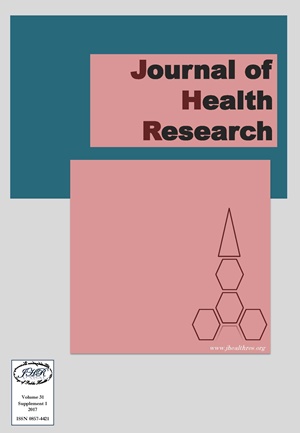Biomass Fuel Smoke and Stunting in Early Childhood: Finding from a National Survey Nepal
Keywords:
Biomass fuel, Children stunting, Biofuel, Indoor air pollution, Cooking smokeAbstract
Background: Children who are living in household using biomass fuel for cooking, exposed to high concentration of air pollution. This study examined the potential association of biomass fuel smoke with stunting among children under age 5 in Nepal.
Methods: A cross sectional study, analyzing the secondary data from 2011 Nepal Demographic Health Survey, was conducted. Child stunting was ascertained by measuring the height for age of children under age 5. Biomass fuel smoke exposure determined indirectly by the type of fuel household using for cooking. Bivariate and logistic regression analysis were conducted to estimate the association between biofuel smoke and children stunting, considering the effects of potential confounders.
Results: Children with exposure to biomass fuel smoke showed considerably higher prevalence of stunting (84.6%) compared to children with no exposure (84.6% compared to 15.4%, p-value=0.0001). It remained significant even after controlling for potential confounding such as child, mother, environment and geodemographic factors (OR =1.50, 95% CI: 1.04-2.18). In addition, mother’s tobacco smoking appeared to be significant prognostic factor for child’s stunting after controlling with child and mother factors (OR=1.58, 95% CI: 1.06-2.35).
Conclusion: The findings suggest that there is strong positive association between exposure to biomass fuel smoke and children under age 5 stunting, further prospective epidemiological studies are recommended.







